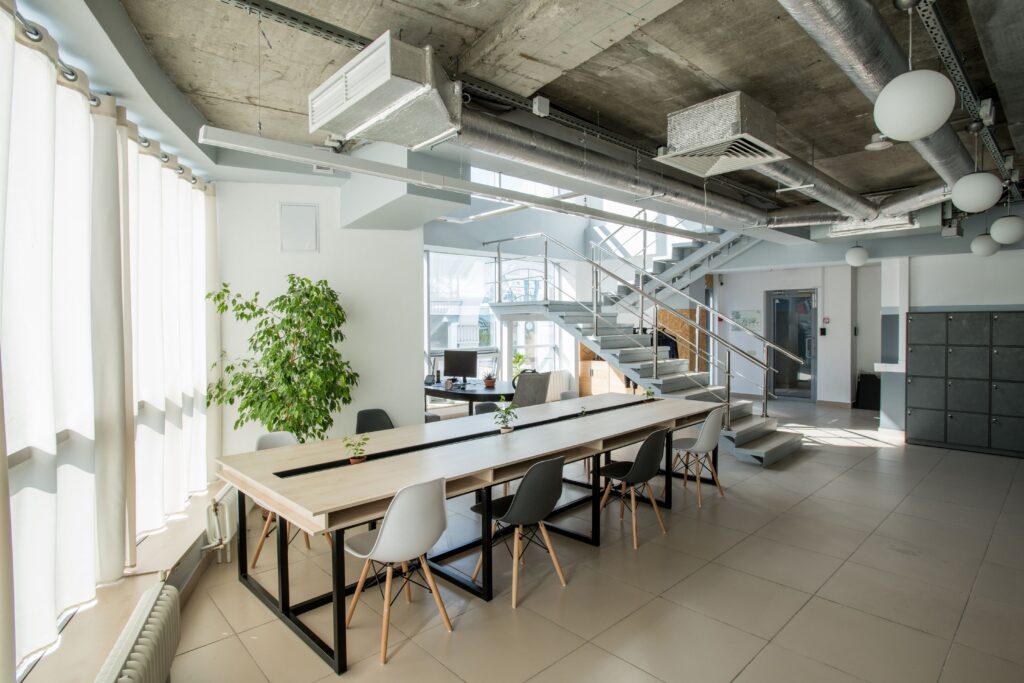In today’s competitive industrial landscape, businesses are constantly seeking innovative ways to improve efficiency, reduce costs, and optimise available space. As operational demands grow, the need for adaptable infrastructure solutions becomes increasingly vital. From warehouses to manufacturing plants, companies are rethinking how to make the most of their existing premises—without resorting to costly expansions or relocations.
The evolving needs of industrial spaces
Industrial and commercial facilities are under pressure to accommodate more inventory, machinery, and personnel within limited square footage. As a result, vertical expansion has become a strategic focus. This approach not only maximises existing floor space but also helps businesses maintain workflow continuity during growth phases. The integration of modular systems, such as multi-level structures and overhead platforms, has allowed industries to adapt quickly to changing demands.
Modern design practices now prioritise flexibility. Instead of static layouts that limit productivity, businesses are investing in adjustable systems that can evolve alongside operational requirements. For instance, the introduction of adaptable steel platforms or integrated storage systems has transformed how companies approach space utilisation.
The role of strategic design and engineering
Efficient design is the foundation of space optimisation. Industrial architects and engineers now focus on creating layouts that enhance both productivity and safety. Load-bearing capacity, access points, and compliance with safety regulations are all critical factors in these plans. Each structural element must align with operational objectives while meeting the necessary legal and environmental standards.
Beyond the structural components, environmental efficiency also plays a key role. Incorporating sustainable materials, efficient lighting, and temperature management systems can significantly reduce long-term operational costs. The integration of energy-saving technologies and automated systems is not just an investment in efficiency but also in the long-term resilience of the business.
Supply and installation considerations
Selecting reliable partners for space optimisation projects can make or break the success of an industrial upgrade. Businesses seeking long-term, adaptable solutions often turn to trusted mezzanine floor suppliers, who provide not only the structural components but also the design expertise and installation guidance to ensure compliance and durability. These suppliers often offer bespoke designs tailored to the unique needs of each site—ranging from heavy-duty storage platforms to office-level structures within warehouse environments. The collaboration between engineering teams and suppliers ensures that every installation meets both operational and safety requirements.
Safety and compliance at the forefront
Health and safety remain central to industrial design. Regulations around load-bearing structures, fire safety, and accessibility must be rigorously followed. Failure to meet these standards can lead to costly fines, downtime, or even legal consequences. Therefore, every stage—from design and fabrication to installation and inspection—must adhere to current industry codes and certification requirements.
The Health and Safety Executive (HSE) in the UK continues to update its guidelines for workplace safety, particularly for multi-level structures. Businesses investing in new space solutions should ensure that all partners and contractors are up to date with these standards. Preventive maintenance, routine inspections, and employee training also contribute to long-term safety and operational excellence.
Technology and the future of space management
The future of industrial design lies in smart integration. IoT sensors, automated material handling systems, and AI-driven layout optimisation tools are now redefining how businesses monitor and utilise their space. Predictive analytics can identify inefficiencies, helping managers reconfigure layouts before problems arise.
The rise of digital twin technology—creating a virtual model of a facility—enables businesses to test design scenarios before making physical changes. This reduces risk and ensures every square metre of space is used efficiently. These tools also allow continuous performance monitoring, ensuring layouts remain optimised as operations evolve.
The long-term return on investment
While initial costs for space optimisation can be significant, the return on investment is undeniable. Businesses benefit from improved workflow, increased storage capacity, and enhanced safety standards. Moreover, by reducing the need for new premises, companies can minimise disruptions and maintain continuity.
In an era of growing operational costs and sustainability targets, optimising what already exists is often the smartest business decision. By combining innovative engineering, trusted suppliers, and smart technology, businesses can transform underused areas into productive assets—strengthening both their efficiency and competitive edge.


